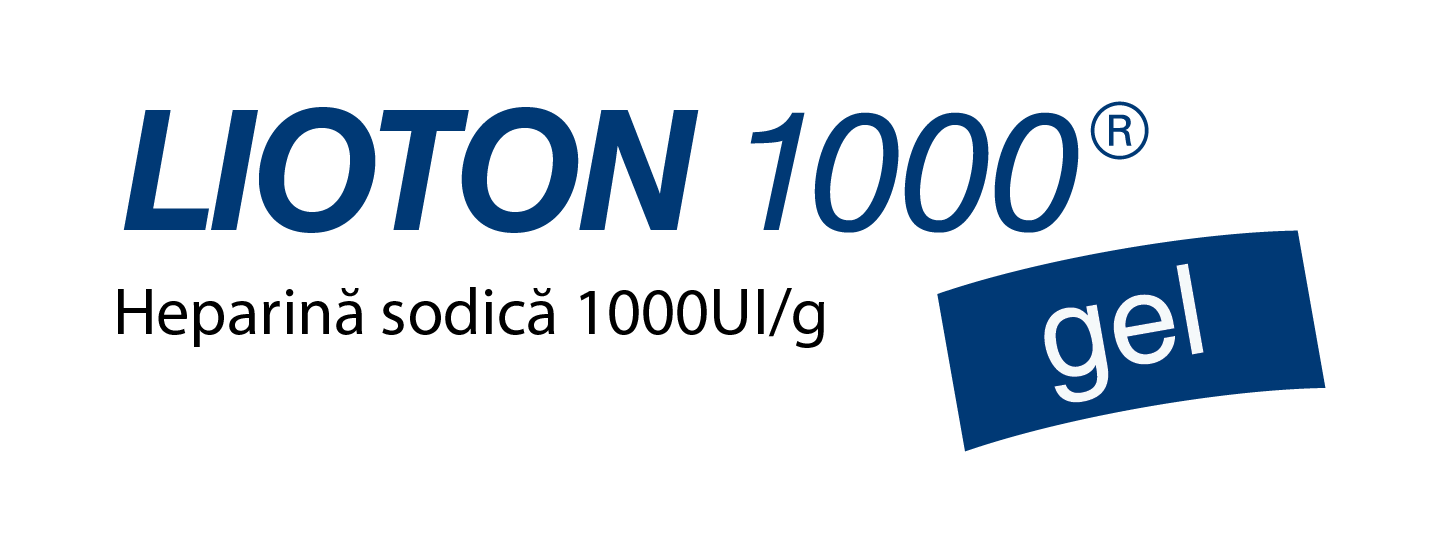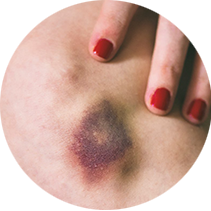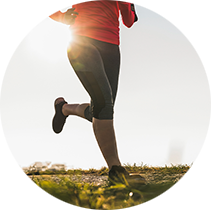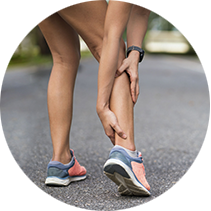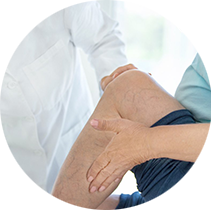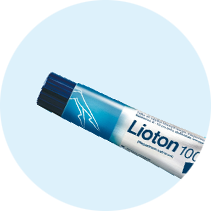Do you feel the urge to move or kick your legs when you come to rest?
Or do your legs start itching or throbbing when you are trying to sleep? These might all be symptoms of Restless Legs Syndrome (RLS). Find out here what it is – and what you can do about it if it is related to venous insufficiency.
Content
Restless Legs Syndrome – what is it?
Restless Legs Syndrome or RLS, for short, is characterized by an urge to move the legs in order to relieve an uncomfortable sensation in the legs. Although it can have various causes, it appears to be a common overlapping syndrome with chronic venous disease, (which is what this article is focussed on).
Which means: The RLS symptoms often show up in those suffering from chronic venous disease as well, so if you have venous problems, you might be more prone to RLS than others. As opposed to the many other symptoms of chronic venous disease, Restless Legs Syndrome usually occurs at night.
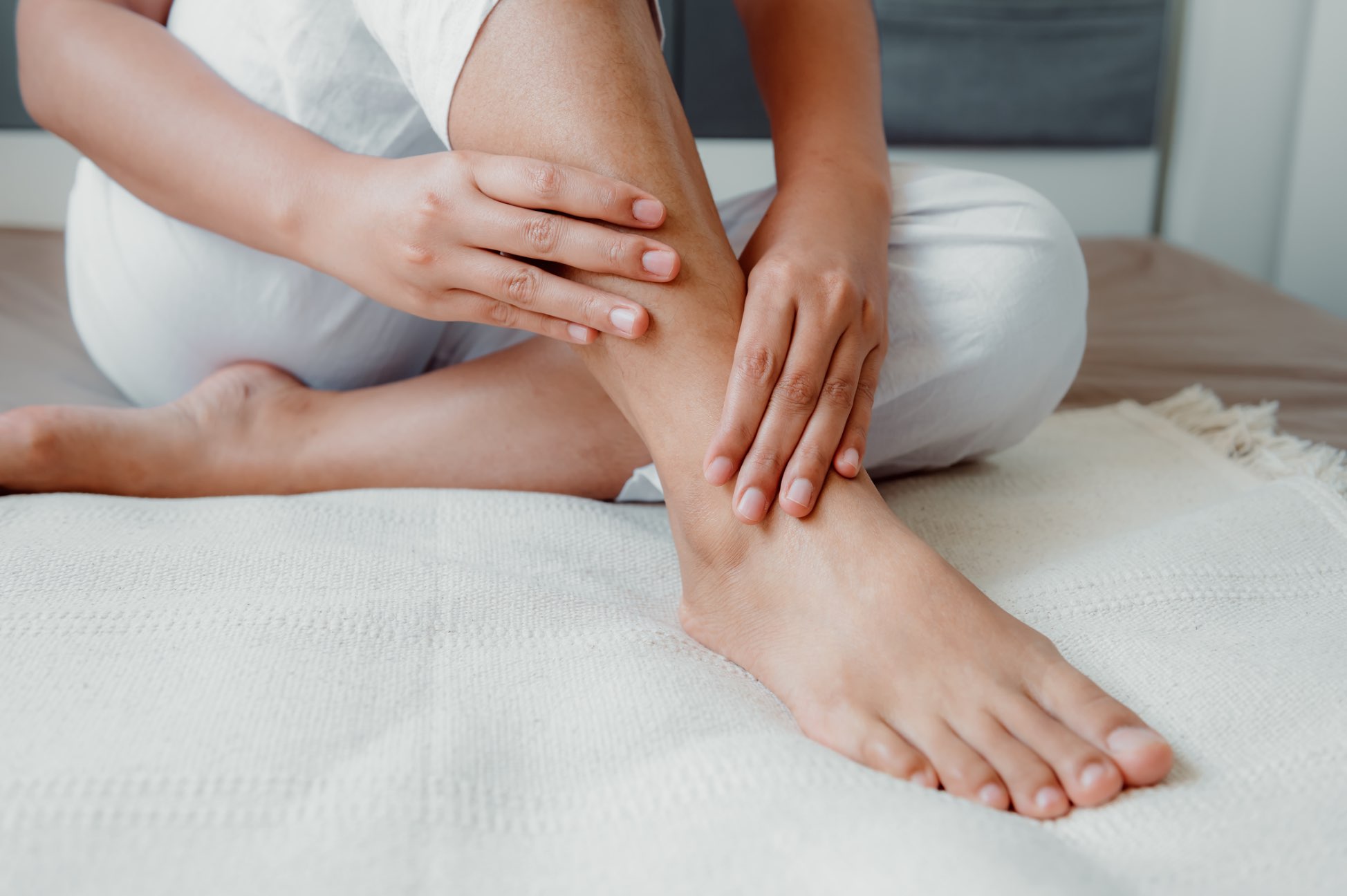

Restless Legs Syndrome – the symptoms
Nobody likes to lose precious sleep due to tossing and turning in bed at night. Yet that is when the symptoms mostly occur: When you are either relaxing, inactive or at rest. Apart from the urge to move your legs, RLS is is mostly characterized by unpleasant and painful sensations which have been described as:
- itchy
- crawling
- burning
- creepy
- Throbbing
The unpleasant symptoms are frequently worse at night than in the morning.
Restless Legs Syndrome-Checklist: Could you be suffering from RLS? Find out here
Do you think you might have RLS? Answer these questions and see if you might have RLS:
- Do you have a strong urge to move your legs, usually accompanied or caused by uncomfortable and unpleasant sensations in the legs?
- Do your symptoms start or worsen as soon as you are lying down or sitting?
- Do your symptoms go away when you get up, stretch or walk around? (for as long as you perform that activity?)
- Are your symptoms worse in the evening or at night? Or do they only occur then?
- Are you sure that your symptoms are not due to leg cramps, positional discomfort, leg swelling or arthritis?
If you answered YES to ALL of the five questions, then you might have Restless Legs Syndrome.
In order for a correct diagnosis of Restless Legs Syndrome and to rule out any underlying medical conditions that might be confused with RLS, always consult a doctor and report your detailed account of symptoms to consider treatment measures.
Restless Legs Syndrome: Causes and risk factors
RLS can have many causes which may vary from person to person, and Restless Legs Syndrome can also be a side-effect of several conditions or medication*. However, its associations with venous insufficiency are well-known, with studies suggesting that Restless Legs symptoms improve if the superficial venous disease is treated operatively.
Risk factors for RLS:
Did you know that chronic venous disorder and Restless Legs Syndrome often co-occur? Studies show that 91 % of all RLS patients also suffer from CVD. Also, if the chronic venous insufficiency was treated, this improves of up to 80 percent in RLS symptoms in patients after their operative treatment of superficial venous insufficiency. So you should definitely have chronic venous insufficiency ruled out as a cause of your restless legs before by a doctor beginning any other medical treatment. Some other risk factors for RLS might be:
- Being female
- Increased age
- Genetic predisposition
- Low iron levels
- Diabetes
- Pregnancy: some women suffer from RLS during pregnancy (with symptoms improving after giving birth)
- Certain medications and their side-effects (some antidepressants, some allergy medications such as antihistamines, dopamine-receptor-antagonists etc.) – always consult your doctor if you are unsure about side effects of any medication you take.
* Important: Always consult your doctor to discuss the probable causes or risk factors of your suspected RLS!
Lifestyle tips to ease Restless Legs Syndrome
Yes, it can be a real pain when your irritable legs cost you precious sleep at night. And sometimes it is hard to pin down the exact cause of your symptoms. (Therefore, please always see a doctor to check if an underlying condition such as chronic venous insufficiency might be the cause for your restless legs.)
The good news: If your RLS is due to venous insufficiency, treating the venous insufficiency may improve your symptoms of RLS as well (some studies showing this was the case after operative treatment).
Some lifestyle changes that are recommended to improve venous insufficiency and your general leg health might also help you in managing your Restless Legs symptoms.
Always consult your doctor to discuss the diagnosis and treatment measures. How can you reduce your risk of getting or further developing chronic venous disease yourself? By improving your blood circulation and muscle tone. So try to include the following in your lifestyle:
Tips for healthier legs:
- Get regular exercise: This will keep your blood flowing and give your circulation a boost. Check out our special exercises for healthier legs here.
- Watch your weight
- Change your sitting and standing positions throughout the day
- Elevate your legs
Also, if you often wake up at night, you might try these tips:
Nighttime and Sleep Tips to Ease Restless Legs Syndrome:
- Regular, moderate exercise may help you sleep better. Take a walk with the kids, the dog, or a friend.
- Warm up to bedtime. A heating pad may soothe away symptoms of restless legs.
- Take it easy! Moderate workouts can relieve RLS symptoms, but excessive exercise may cause them to spike.
- Sleep a little better tonight by avoiding nicotine and caffeine close to bedtime.
- You’ll sleep better, and feel better, if you maintain a regular sleep schedule.
- Get a better night's sleep; avoid alcohol close to bedtime.
- Avoid napping during the day for better sleep at night.
- Count sheep, daydream, or just close your eyes -- but whatever you do, try not to make bedtime worry time.
Restless Legs Syndrome? A special tip
If you are sure that your RLS coexists with or is due to venous insufficiency*…
Use a gel like Lioton® 1000 Gel. Applying Lioton® Gel can help reduce some of the unpleasant symptoms of superficial venous insufficiency such as pain and swelling in your legs with its cooling sensation and mechanism of action – thanks to its high concentration of the active ingredient heparin.
Always talk to your doctor or pharmacist before using Lioton® 1000 gel.
*Always consult a doctor for a diagnosis.
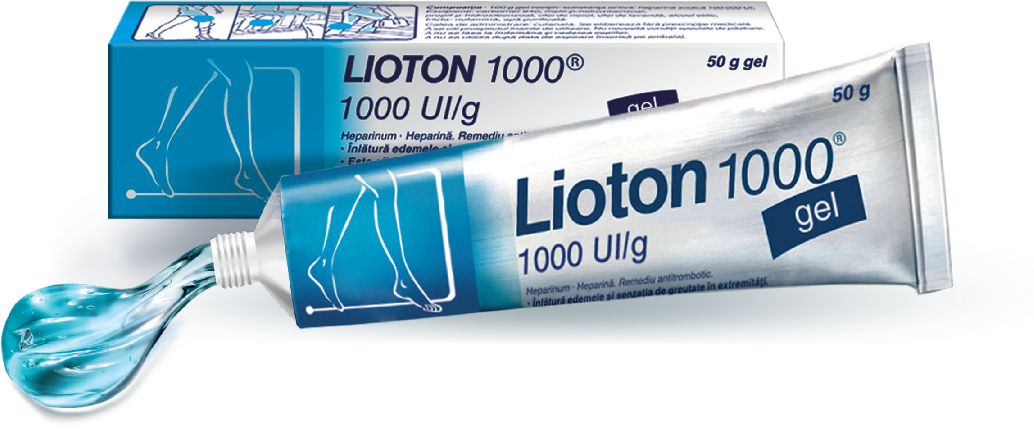

LIOTON®. FOR THE HEALTH AND COMFORT OF YOUR LEGS
Good to know: Lioton® also provides a comforting cooling sensation and is
pleasant to use, absorbed quickly and does not leave any stains.
Always talk to your doctor or pharmacist before using Lioton®.
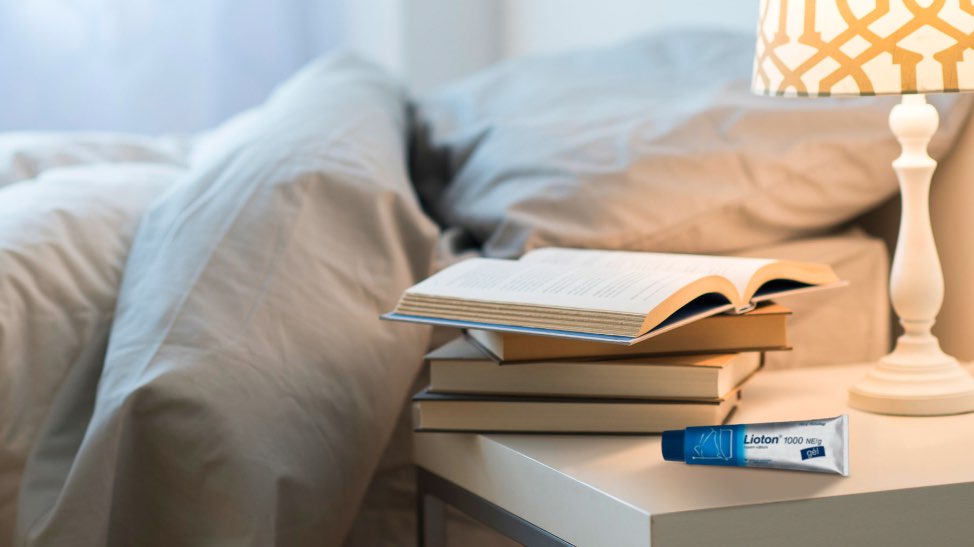
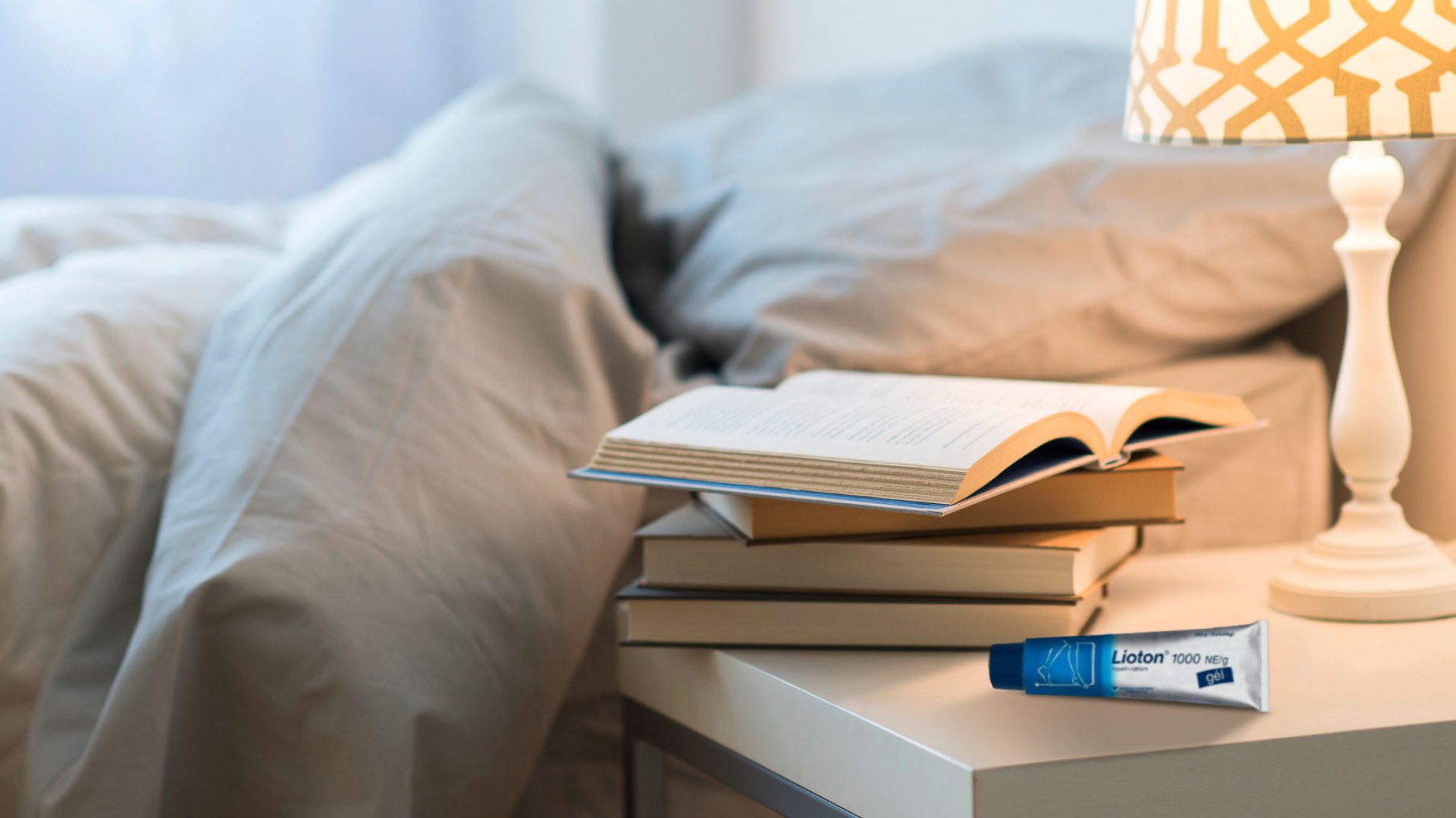
HOW LIOTON® 1000 GEL WORKS IN SUPERFICIAL VENOUS DISEASES
Have you ever wondered how our veins support us every day, how they work and how they become weak? This video will give you a quick overview and will also show you how Lioton® 1000 works to help your veins.
